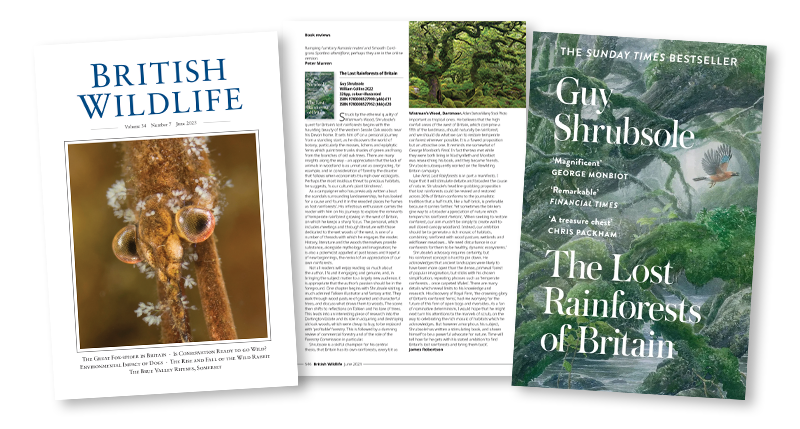 Ever since the very first issue back in 1989, British Wildlife has featured book reviews of the most important new titles in natural history publishing, from nature-writing bestsellers to technical identification handbooks, and every review included in the magazine since 2018 is available to read on the British Wildlife website. These reviews provide in-depth critiques and are all authored by experts in relevant subjects, ensuring an honest and insightful appraisal of each book featured. Here is a list of the book reviews included in volume 34 of British Wildlife, all with links to take you directly to the full review.
Ever since the very first issue back in 1989, British Wildlife has featured book reviews of the most important new titles in natural history publishing, from nature-writing bestsellers to technical identification handbooks, and every review included in the magazine since 2018 is available to read on the British Wildlife website. These reviews provide in-depth critiques and are all authored by experts in relevant subjects, ensuring an honest and insightful appraisal of each book featured. Here is a list of the book reviews included in volume 34 of British Wildlife, all with links to take you directly to the full review.
- The genus Cortinarius in Britain by Geoffrey Kibby and Mario Tortelli
“This monograph has keys, descriptions and notes for every species, but its crowning glory is the pictures: coloured drawings by Geoffrey Kibby combined with colour photographs taken in situ by Mario Tortelli.”
– Peter Marren, BW 34.1 October 2022. Read the review here.
2. Land Healer: How Farming Can Save Britain’s Countryside by Jake Fiennes
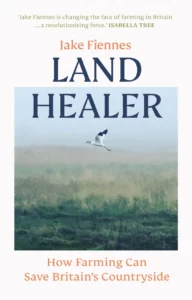 “Fiennes is forthright, his arguments stocked with enough facts and figures to baffle all but the most diligent reader. Yet for me they convince because they resound with first-hand experience and learning…”
“Fiennes is forthright, his arguments stocked with enough facts and figures to baffle all but the most diligent reader. Yet for me they convince because they resound with first-hand experience and learning…”
– James Robertson, BW 34.1 October 2022. Read the review here.
-
Concise Flora of the British Isles by Clive Stace
“I cannot imagine anyone with more than a passing interest in the British flora not having this book, and I suspect that many may now rely on this much cheaper alternative as their British Flora of choice.”
– Fred Rumsey, BW 34.1 October 2022. Read the review here.
-
Impacts of Human Population on Wildlife: A British Perspective by Trevor J. C. Beebee
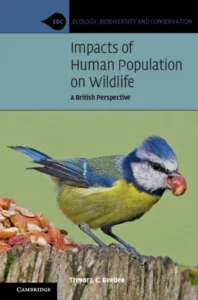 “This is a well-written account by a very well-informed British naturalist of the way population affects wildlife. It is written without recourse to technical jargon, but also with a careful, precise and temperate use of language, and with the balanced judgements which you would expect in a small-circulation scientific series published by Cambridge University Press.”
“This is a well-written account by a very well-informed British naturalist of the way population affects wildlife. It is written without recourse to technical jargon, but also with a careful, precise and temperate use of language, and with the balanced judgements which you would expect in a small-circulation scientific series published by Cambridge University Press.”
– Peter Marren, BW 34.2 November 2022. Read the review here.
-
The Secret Life of the Adder: The Vanishing Viper by Nicholas Milton
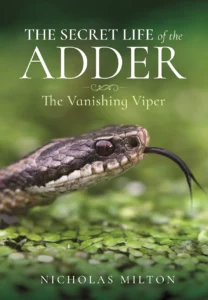 “The Secret Life of the Adder is very readable and richly illustrated with some excellent photographs, which, coupled with box features exploring specific sub-topics, will help the book appeal to a broad range of readers.”
“The Secret Life of the Adder is very readable and richly illustrated with some excellent photographs, which, coupled with box features exploring specific sub-topics, will help the book appeal to a broad range of readers.”
– Howard Inns, BW 34.2 November 2022. Read the review here.
-
Peter Scott and the Birth of Modern Conservation by Chris Moore
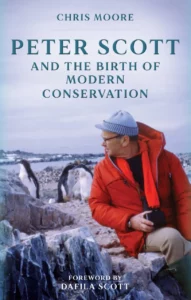 “This new biography would be the perfect reading for someone who, after visiting the new museum at Slimbridge, wanted to know more.”
“This new biography would be the perfect reading for someone who, after visiting the new museum at Slimbridge, wanted to know more.”
– Peter Marren, BW 34.3 December 2022. Read the review here.
-
The Flow: Rivers, Waters and Wildness by Amy-Jane Beer
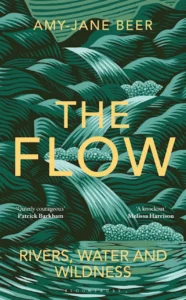 “Add to that a generosity of spirit in wanting to share nature with as many people as possible and the result is a warm and immersive book. It flows along like its watery subjects, from one captivating story to the next. It was a pleasure to read.”
“Add to that a generosity of spirit in wanting to share nature with as many people as possible and the result is a warm and immersive book. It flows along like its watery subjects, from one captivating story to the next. It was a pleasure to read.”
– Ian Carter, BW 34.4 February 2023. Read the review here.
-
The Hen Harrier’s Year by Ian Carter and Dan Powell
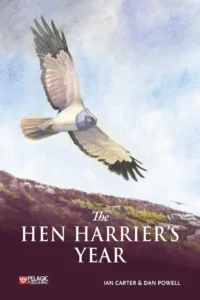 “The Carter and Powell duo have triumphed again. This book is informative and relevant, and a delight both to read and simply to look at.”
“The Carter and Powell duo have triumphed again. This book is informative and relevant, and a delight both to read and simply to look at.”
– Keith Betton, BW 34.5 April 2023. Read the review here.
-
When the Kite Builds: Why and How we Restored Red Kites across Britain by Mike Pienkowski
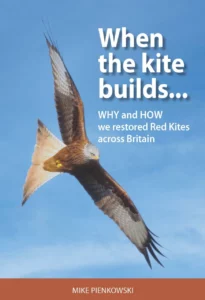 “His book deals with all aspects of the work, from early discussions about whether [the Red Kite reintroduction programme] would succeed (many thought not) to the practicalities of establishing a team, choosing the first release sites and then collecting, rearing and releasing the birds.”
“His book deals with all aspects of the work, from early discussions about whether [the Red Kite reintroduction programme] would succeed (many thought not) to the practicalities of establishing a team, choosing the first release sites and then collecting, rearing and releasing the birds.”
– Ian Carter, BW 34.6 May 2023. Read the review here.
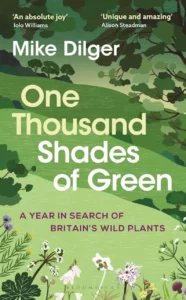 “Mike Dilger is an amiable and enthusiastic companion, describing the pleasures and pitfalls of flower-finding with a smile, a presenter who loves his subject and longs to tell you all about it.”
“Mike Dilger is an amiable and enthusiastic companion, describing the pleasures and pitfalls of flower-finding with a smile, a presenter who loves his subject and longs to tell you all about it.”
– Peter Marren, BW 34.6 May 2023. Read the review here.
-
Plant Atlas 2020: Mapping Changes in the Distribution of the British and Irish Flora (2-Volume Set) by Peter A. Stroh, Kevin J. Walker, Tom A. Humphrey, Oliver L. Pescott and Richard J. Burkmar
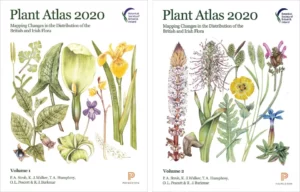 “To suggest that Plant Atlas 2020 is a formidable achievement of British and Irish field botany rather undervalues it. It has left me breathless.”
“To suggest that Plant Atlas 2020 is a formidable achievement of British and Irish field botany rather undervalues it. It has left me breathless.”
– Peter Marren, BW 34.7 June 2023. Read the review here.
-
The Lost Rainforests of Britain by Guy Shrubsole
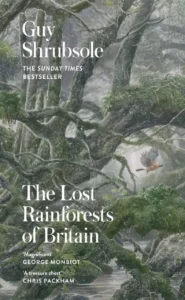 “Shrubsole has written a stimulating book, and shown himself to be a powerful advocate for nature. Time will tell how far he gets with his stated ambition ‘to find Britain’s lost rainforests and bring them back’.”
“Shrubsole has written a stimulating book, and shown himself to be a powerful advocate for nature. Time will tell how far he gets with his stated ambition ‘to find Britain’s lost rainforests and bring them back’.”
– James Robertson, BW 34.7 June 2023. Read the review here.
-
Trees and Woodlands by George Peterken
“The book is a timely reminder of the enormous diversity of British woodland types and of the need to respect the individuality of the woods themselves.”
– Rob Fuller, BW 34.8 August 2023. Read the review here.
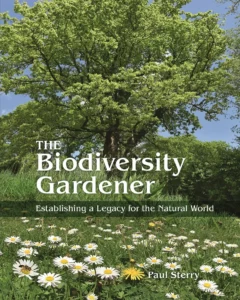 “I thoroughly enjoyed this well-designed, informative and utterly different wildlife gardening book and as a keen observer of my own (much humbler) garden I can wholeheartedly recommend it.”
“I thoroughly enjoyed this well-designed, informative and utterly different wildlife gardening book and as a keen observer of my own (much humbler) garden I can wholeheartedly recommend it.”
– Brett Westwood, BW 34.8 August 2023. Read the review here.
Since its launch in 1989, British Wildlife has established its position as the leading natural history magazine in the UK, providing essential reading for both enthusiasts and professional naturalists and wildlife conservationists. Individual back issues of the magazine are available to purchase through the NHBS website, while annual subscriptions start from just £32 – you can subscribe online or by phone (01803 467166). Visit www.britishwildlife.com for more information.

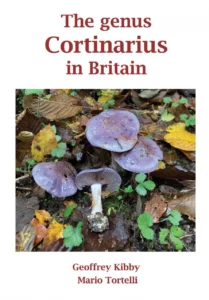
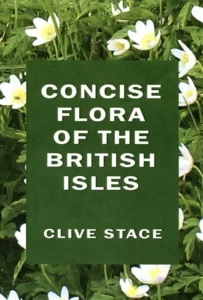
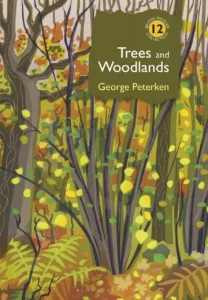
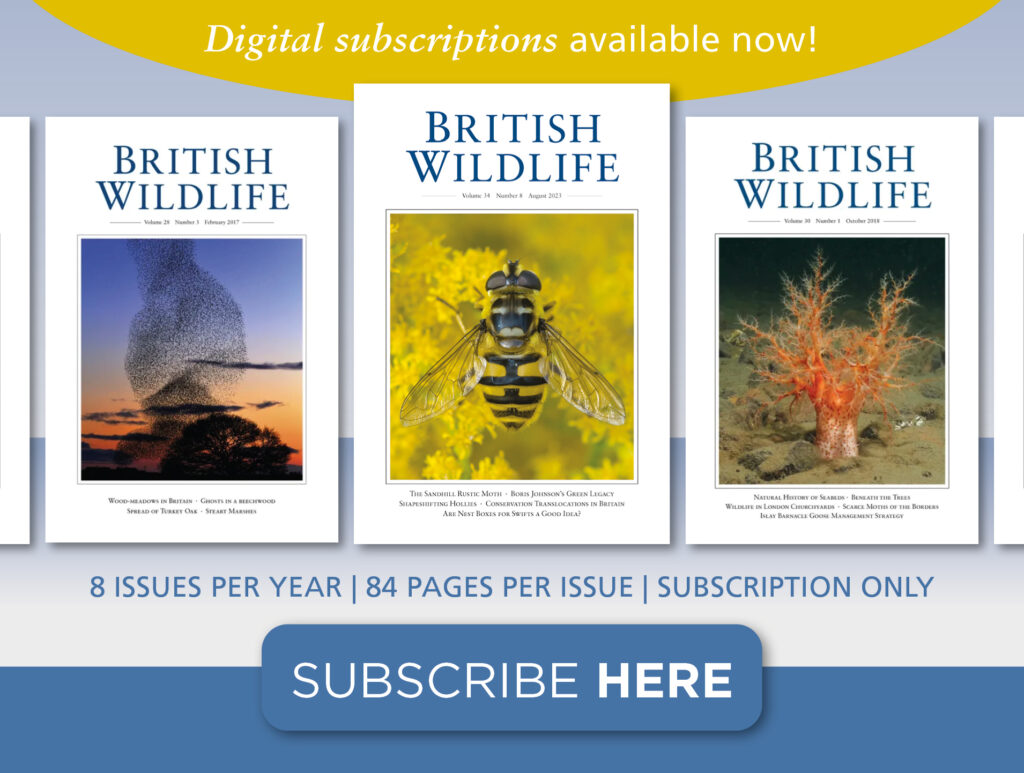
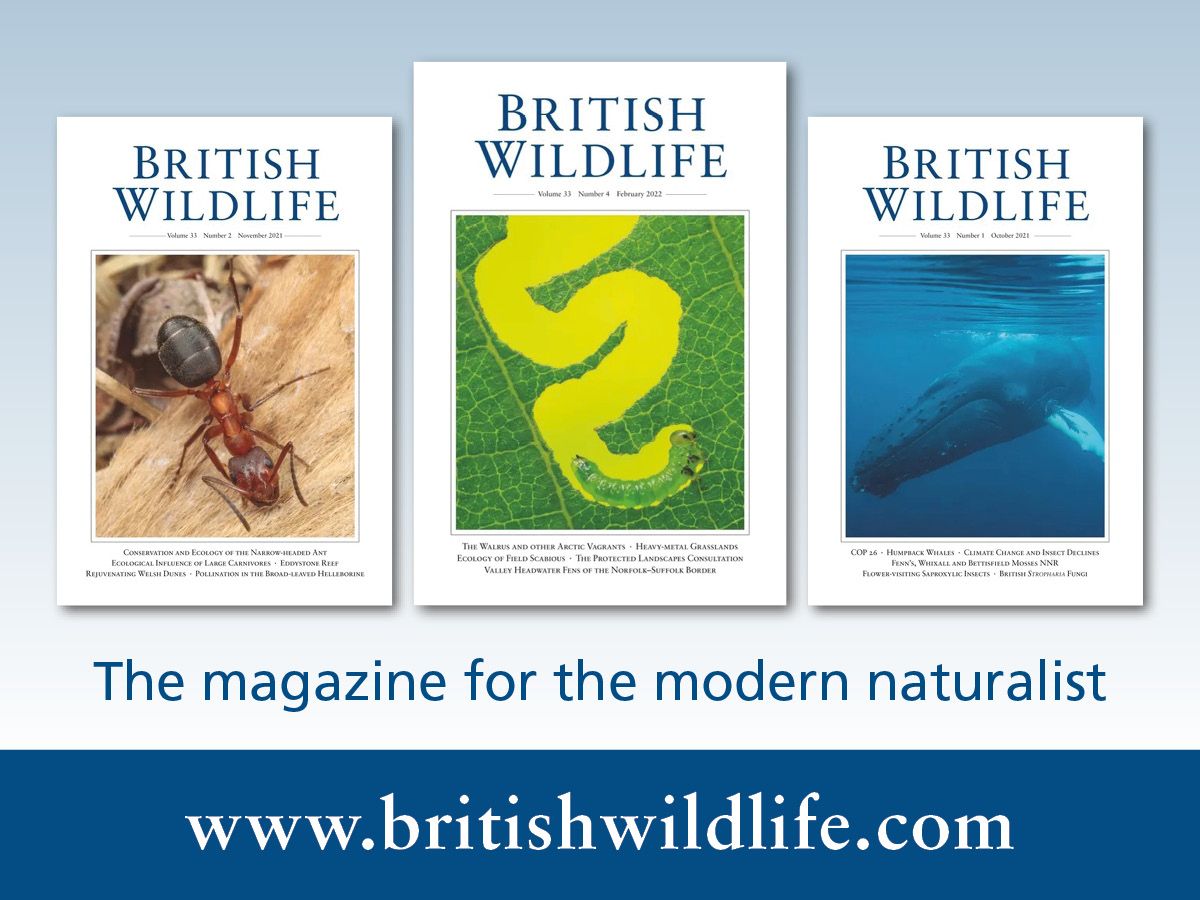
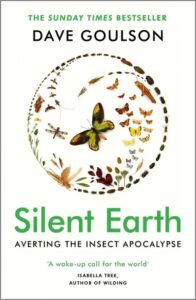
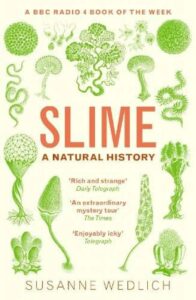
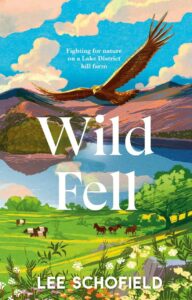
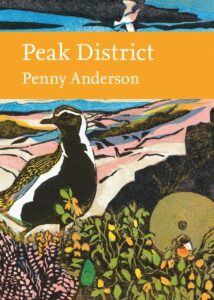
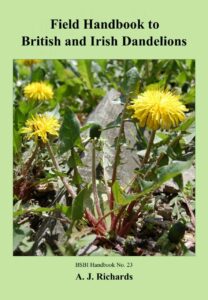
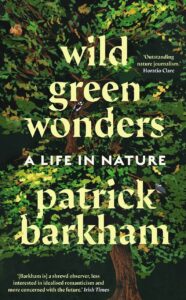
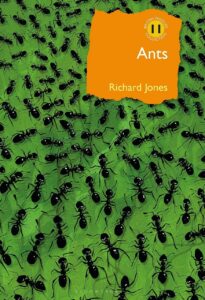
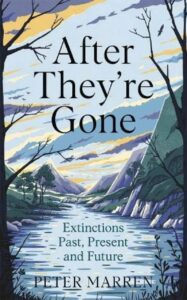
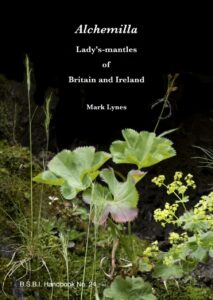
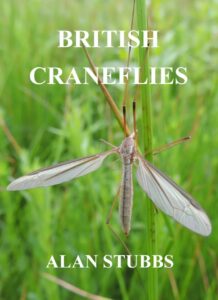
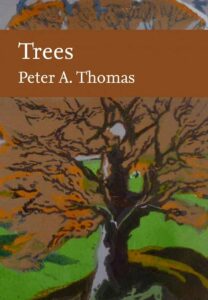
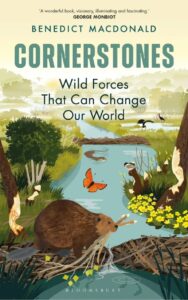
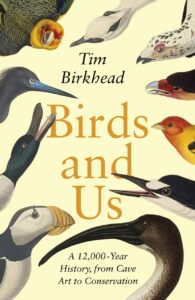
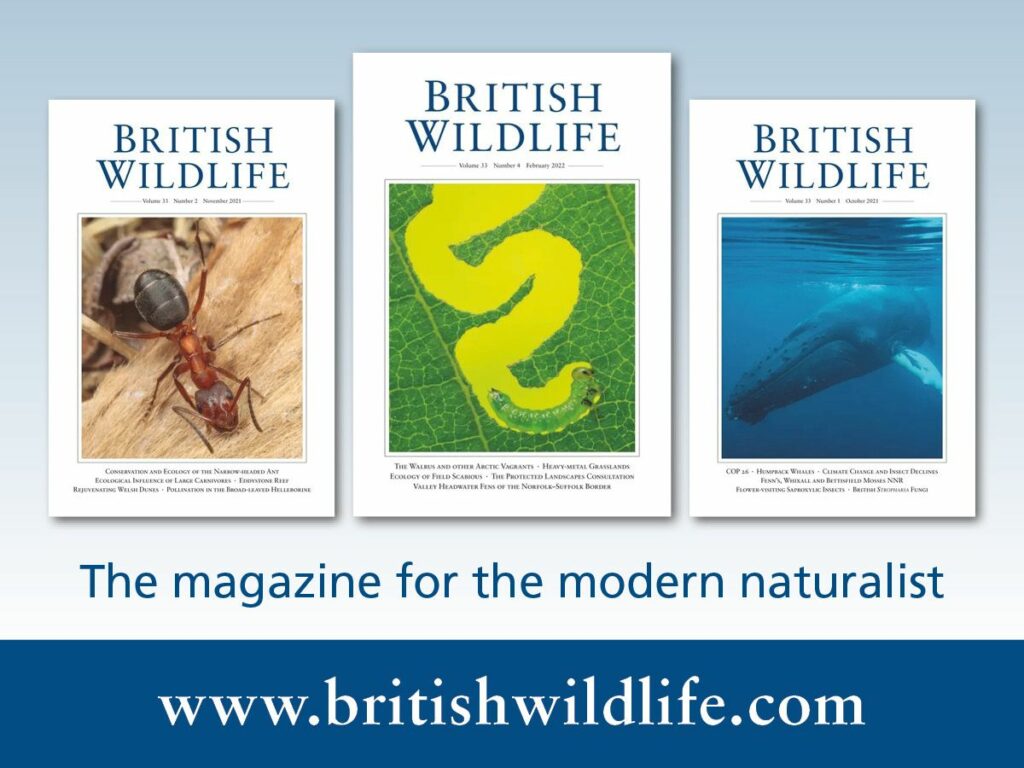
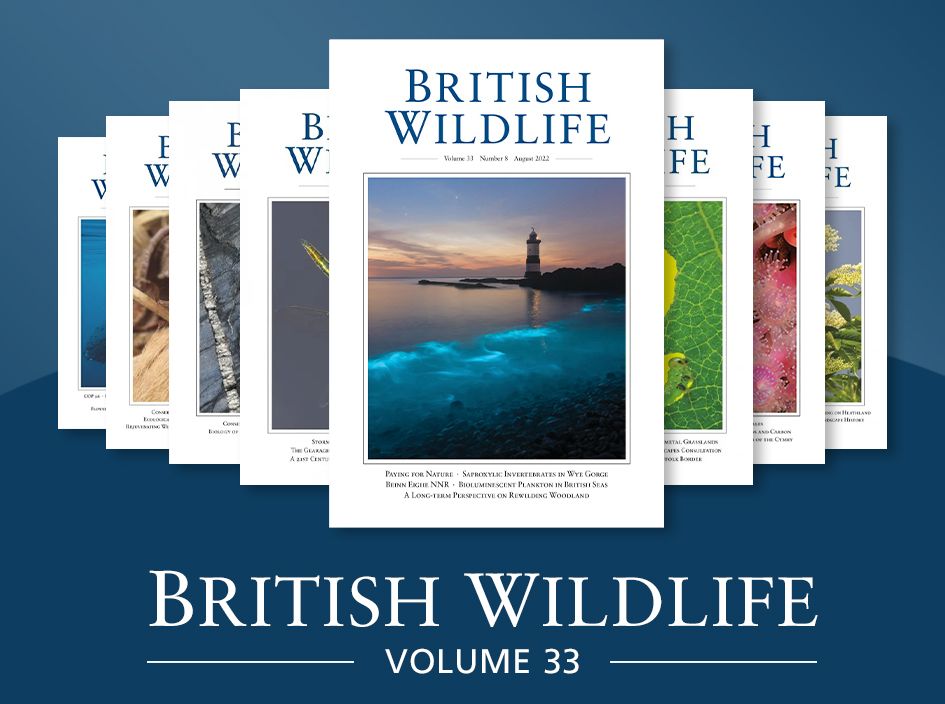
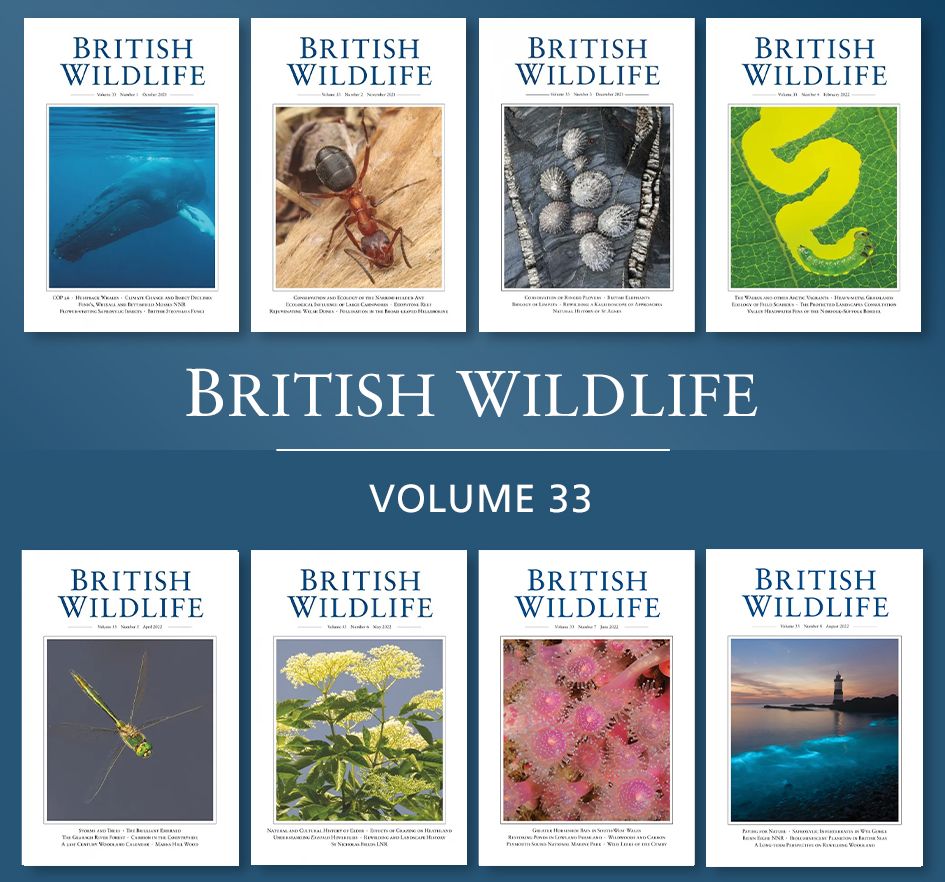
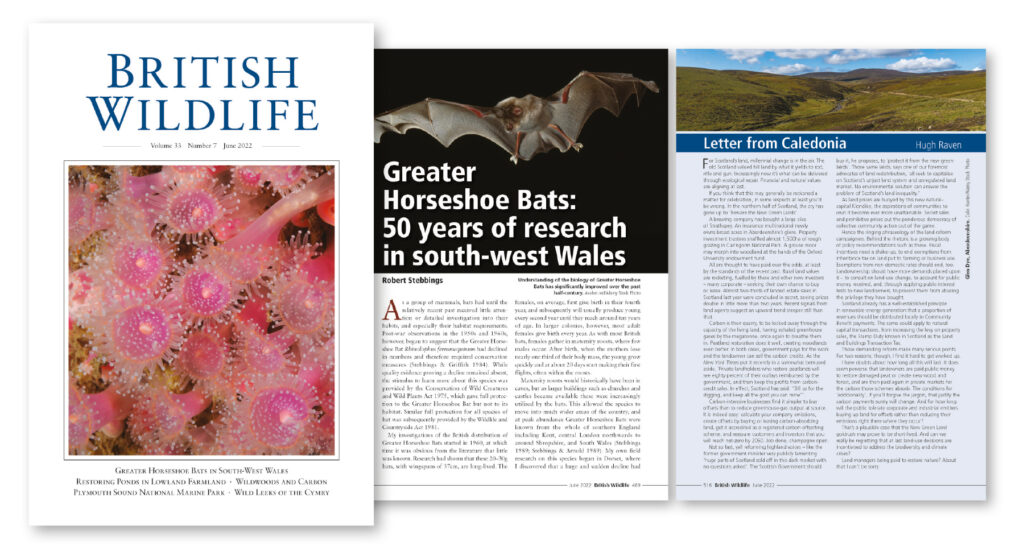
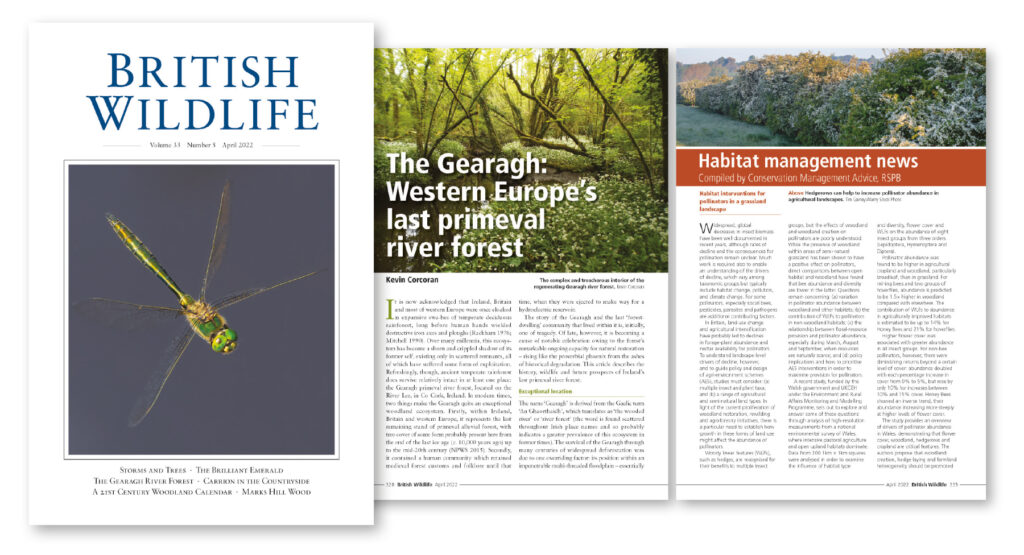
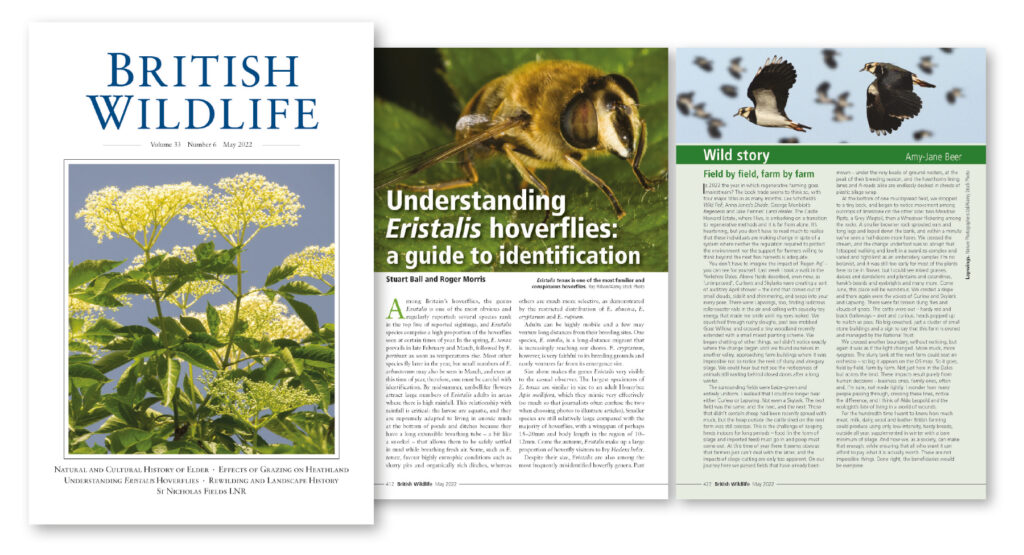
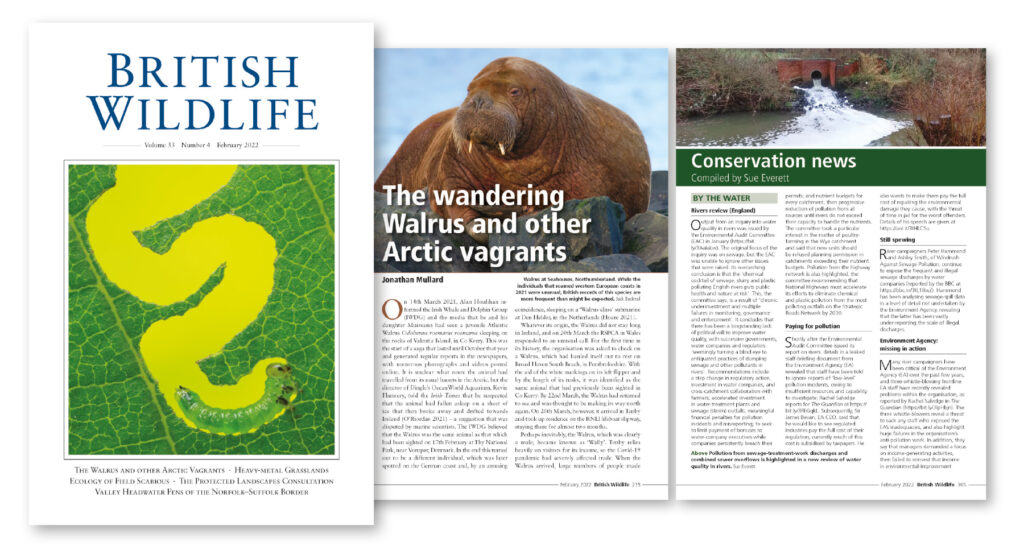
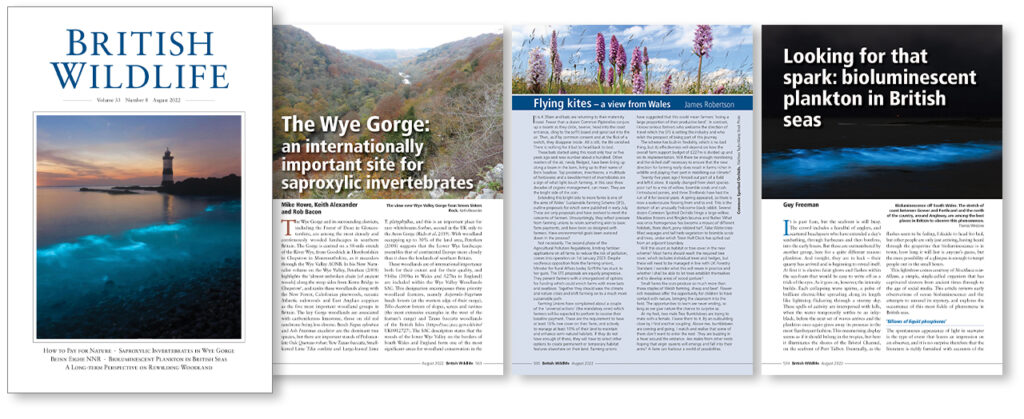
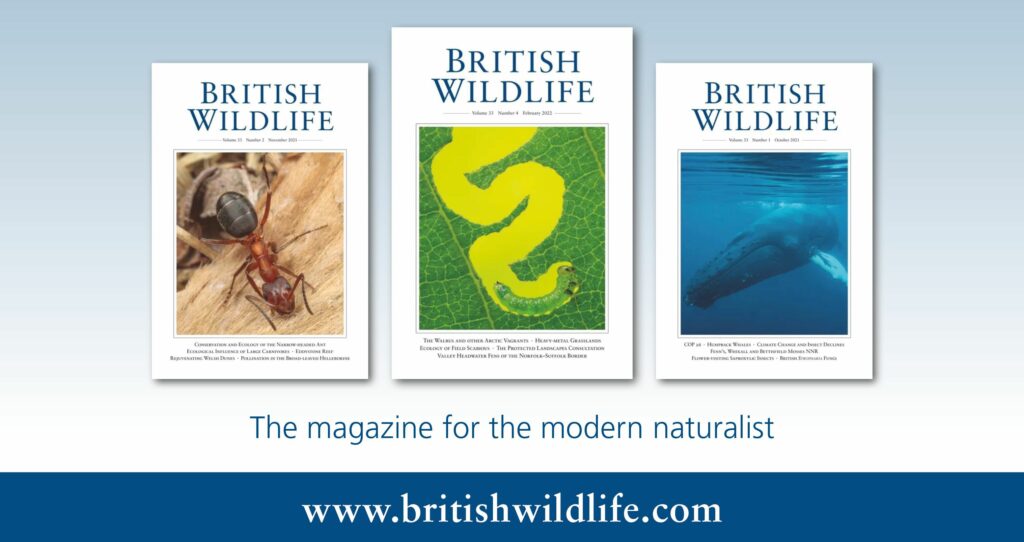
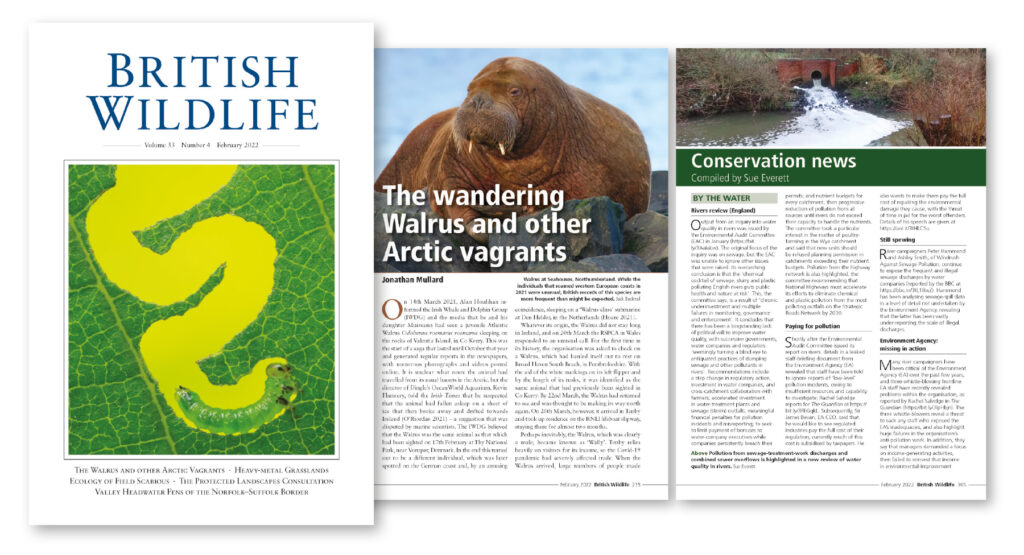
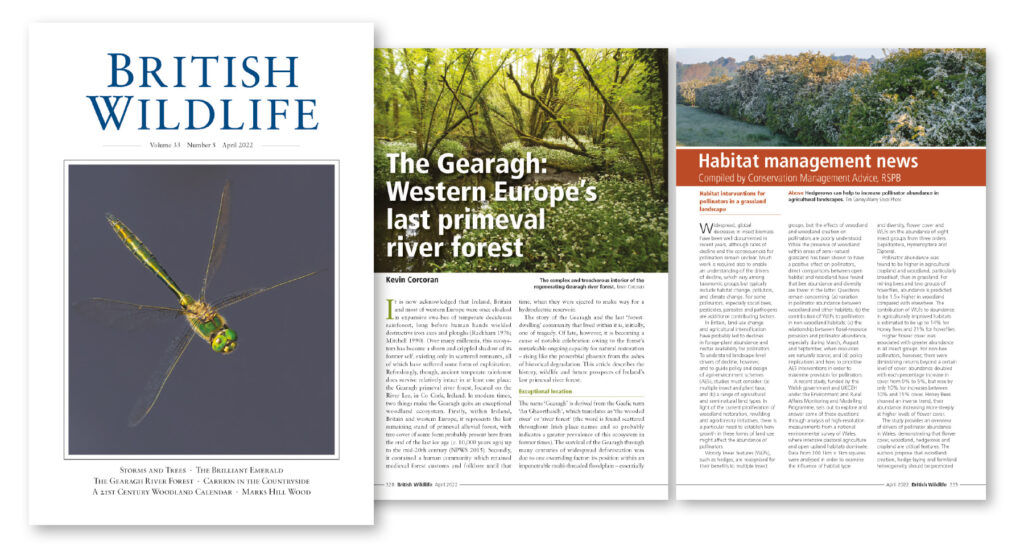
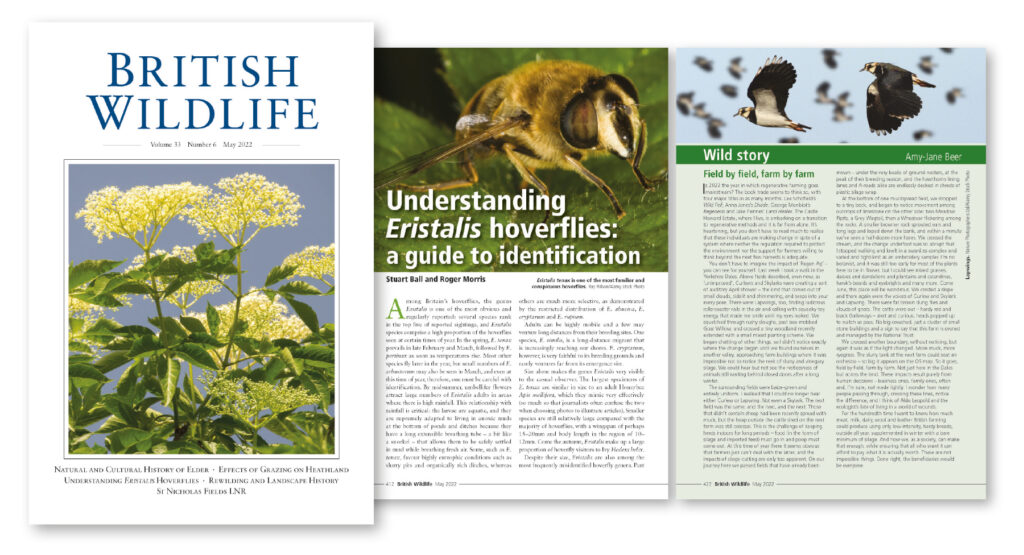
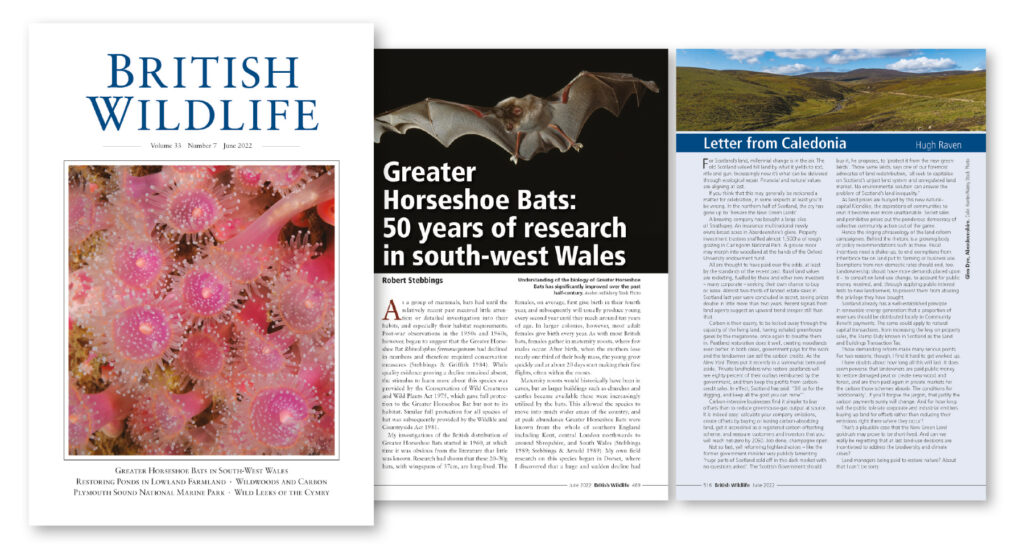
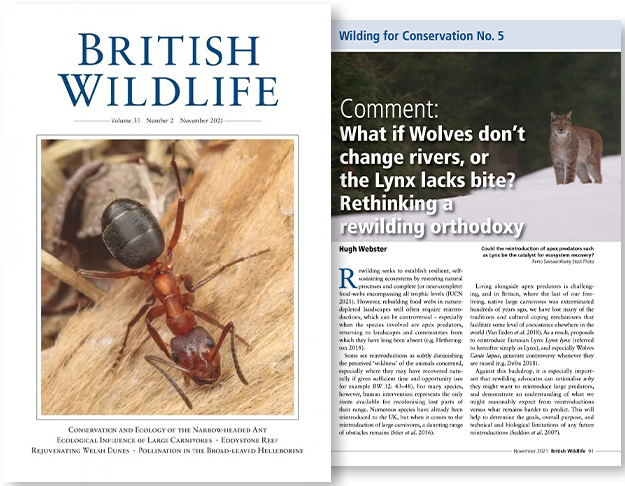
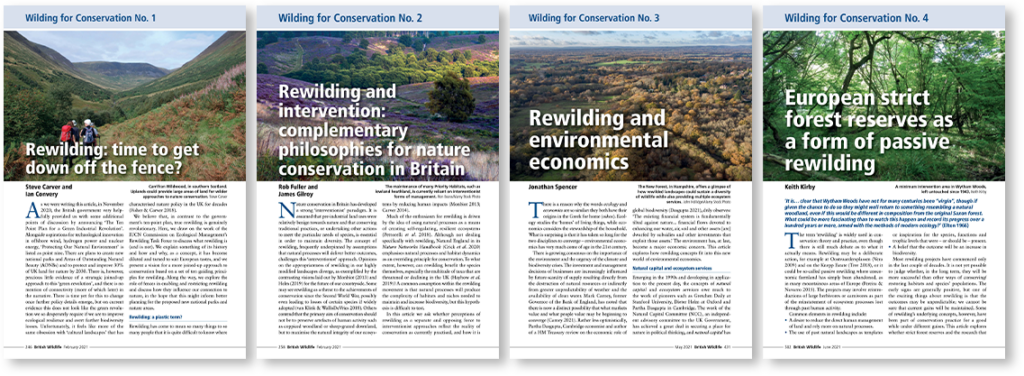
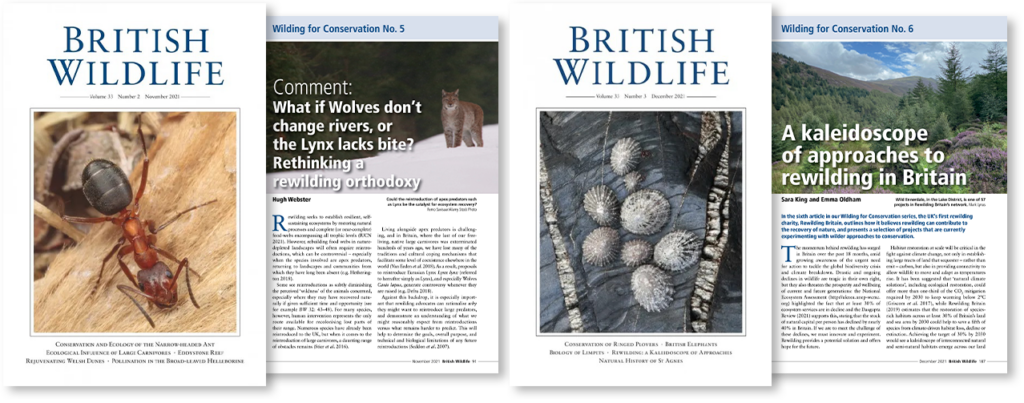
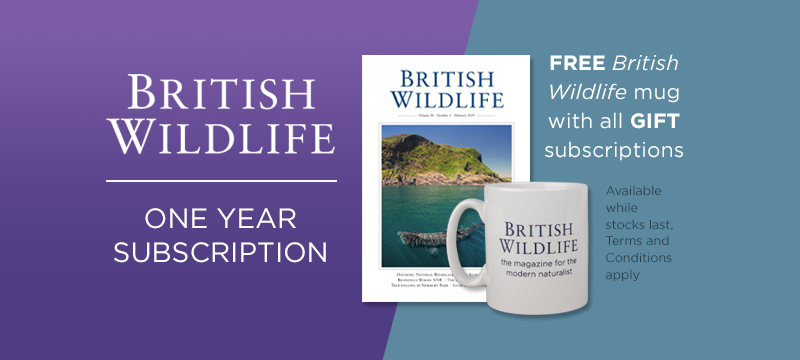
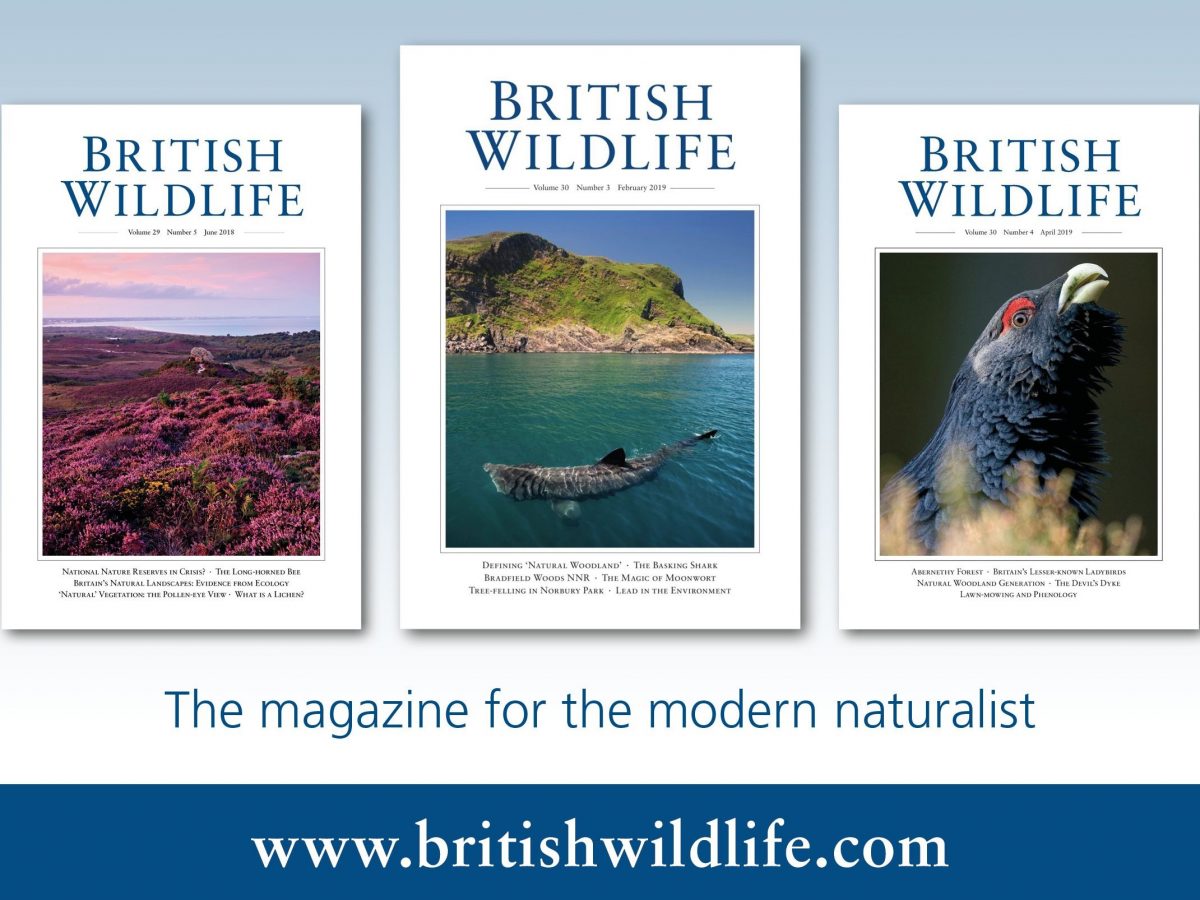
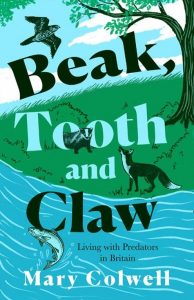 “She walked and travelled through the farms and uplands of Britain and Ireland. She talked to people on both sides of the divide – sheep-farmers, salmonfishers, raven-tamers, writers, scientists, conservationists, gamekeepers. She watched her chosen predators in the field and noted how they ‘fit into the landscape’.”
“She walked and travelled through the farms and uplands of Britain and Ireland. She talked to people on both sides of the divide – sheep-farmers, salmonfishers, raven-tamers, writers, scientists, conservationists, gamekeepers. She watched her chosen predators in the field and noted how they ‘fit into the landscape’.”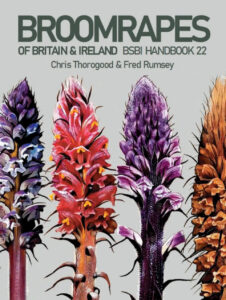
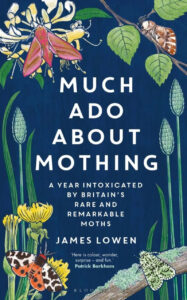
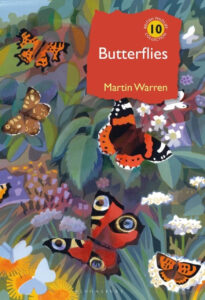
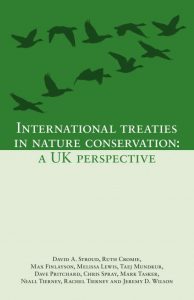
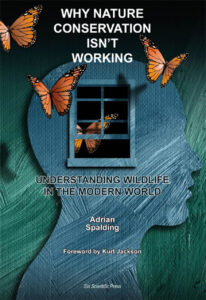
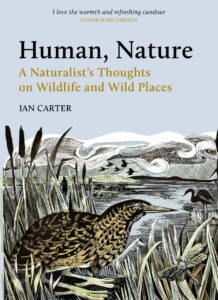
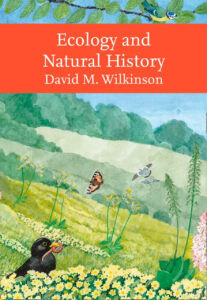
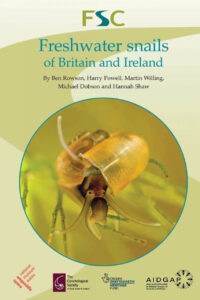
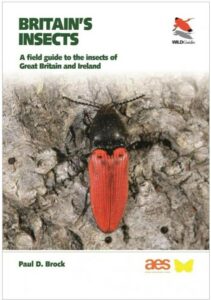
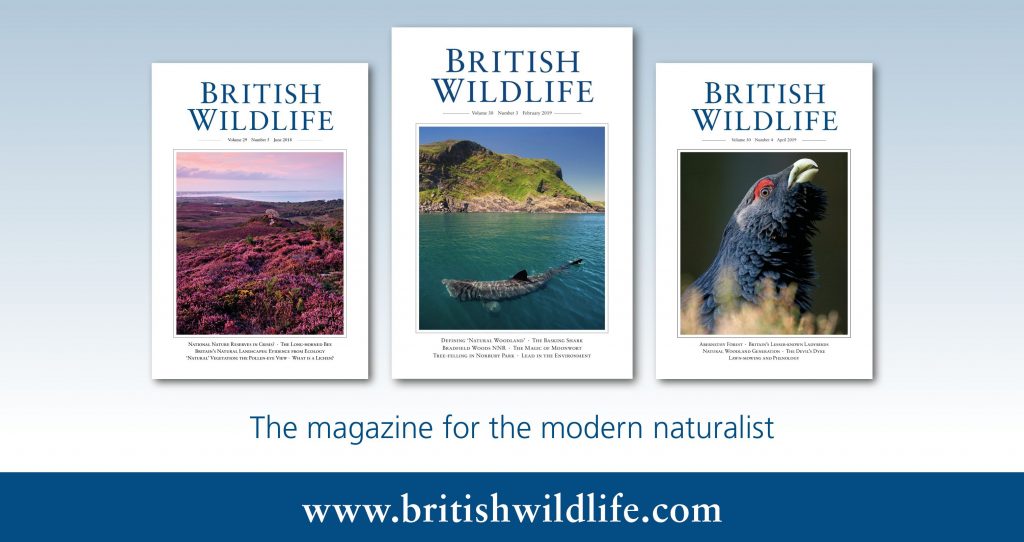
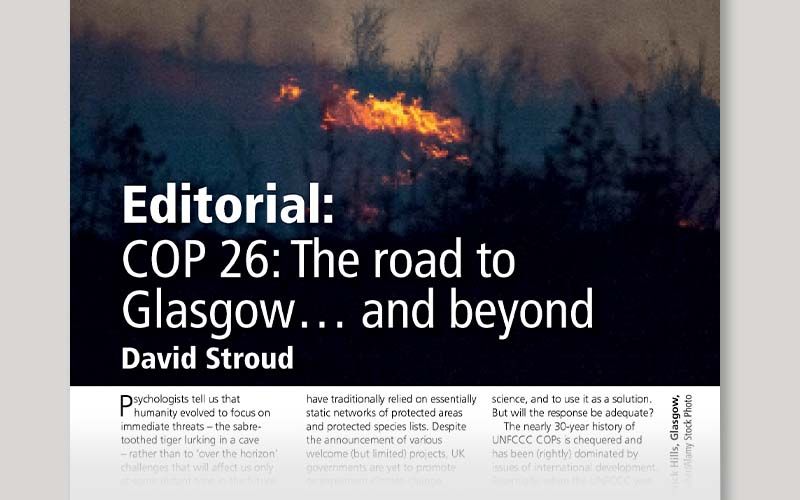
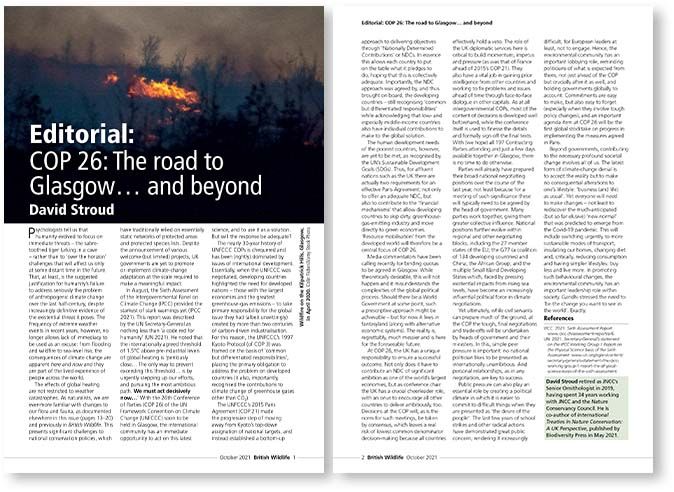
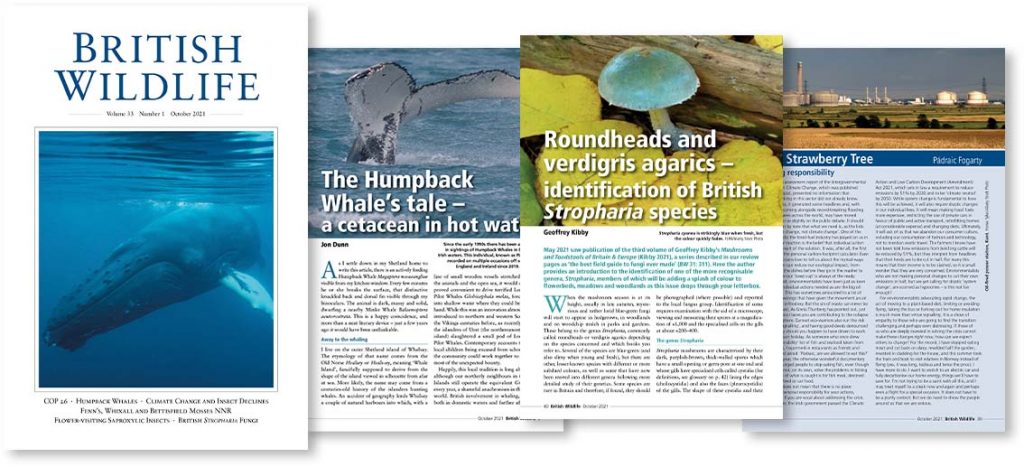

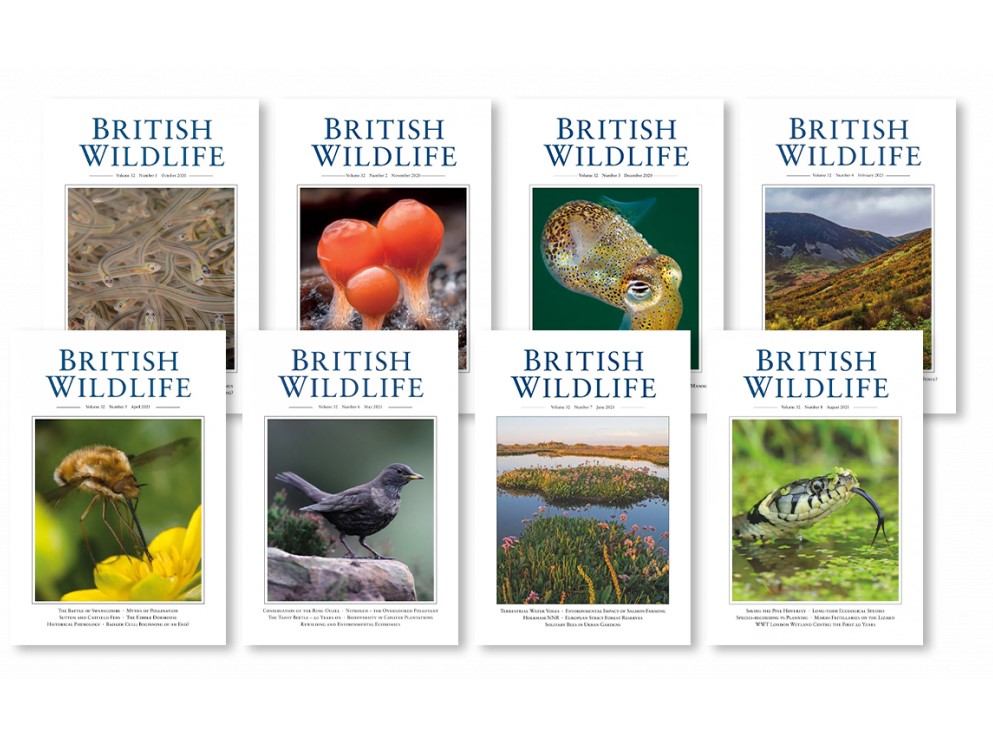
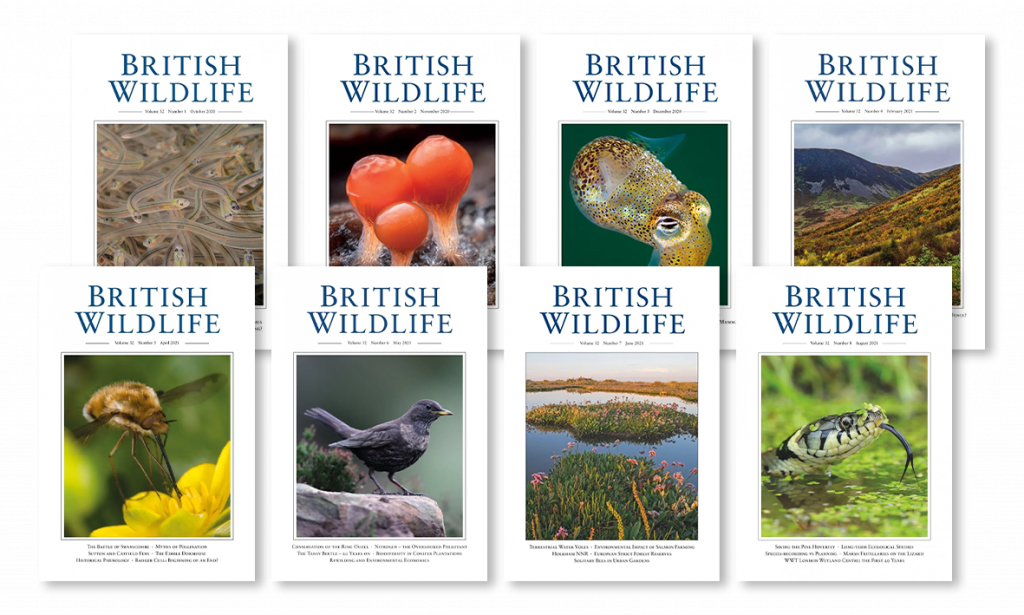

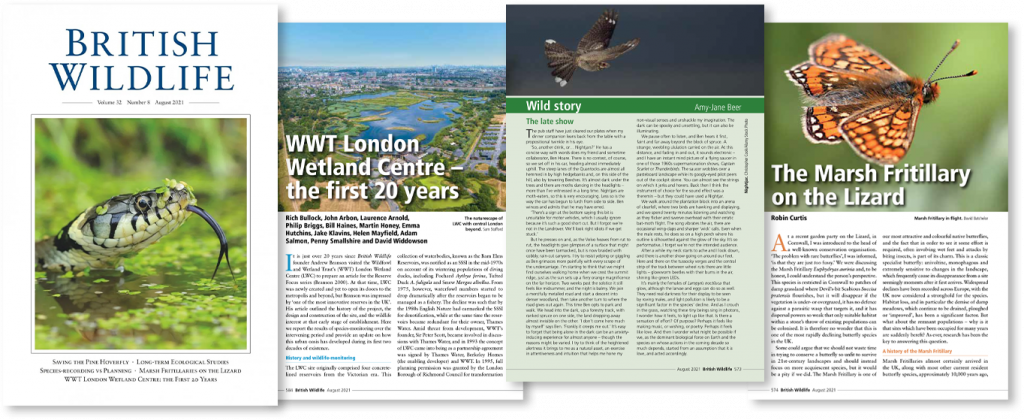
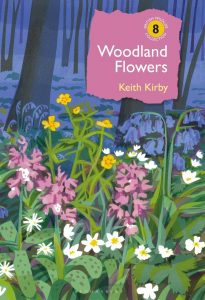 “In Woodland Flowers Keith Kirby invites us to look at the ‘wood beneath the trees’ and to consider what its flora can tell us. The focus of this, the eighth volume of Bloomsbury’s British Wildlife Collection (which I have contributed to myself), is on the vascular plants of the woodland floor; to this end Kirby embraces ferns as honorary flowers, but for the most part he steps aside from considering other elements of woodland ecosystems (including the ‘lower’ plants, fungi and fauna).”
“In Woodland Flowers Keith Kirby invites us to look at the ‘wood beneath the trees’ and to consider what its flora can tell us. The focus of this, the eighth volume of Bloomsbury’s British Wildlife Collection (which I have contributed to myself), is on the vascular plants of the woodland floor; to this end Kirby embraces ferns as honorary flowers, but for the most part he steps aside from considering other elements of woodland ecosystems (including the ‘lower’ plants, fungi and fauna).”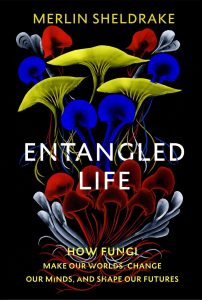 “This is Sheldrake’s first book, and, while his expertise means that the readers should feel that they are in safe hands from the off, in truth the experience is more like being whisked down a burrow by a white rabbit, or on a tour of Willy Wonka’s research facility: a trippy, astonishing, and completely exhilarating ride.”
“This is Sheldrake’s first book, and, while his expertise means that the readers should feel that they are in safe hands from the off, in truth the experience is more like being whisked down a burrow by a white rabbit, or on a tour of Willy Wonka’s research facility: a trippy, astonishing, and completely exhilarating ride.”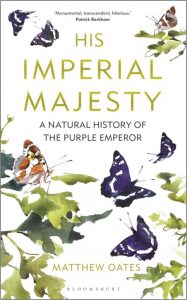 “Part autecology, part monograph and part impassioned love poem to a species that has captured the author’s heart, the pages offer an enjoyable blend of the Purple Emperor’s recorded history, biology, ecology and conservation.”
“Part autecology, part monograph and part impassioned love poem to a species that has captured the author’s heart, the pages offer an enjoyable blend of the Purple Emperor’s recorded history, biology, ecology and conservation.”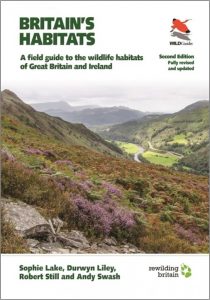 “But do we really need a field guide to habitats? Possibly not. I certainly will not be taking my copy into the field. Yet this perhaps misses the point. What this book does is remind the users of other field guides that their organisms of interest do not live in isolation – they are nothing without their habitats. So, make this book an essential companion to your species guides.”
“But do we really need a field guide to habitats? Possibly not. I certainly will not be taking my copy into the field. Yet this perhaps misses the point. What this book does is remind the users of other field guides that their organisms of interest do not live in isolation – they are nothing without their habitats. So, make this book an essential companion to your species guides.”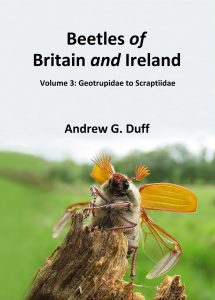 “Anyone interested in identifying and studying beetles simply cannot afford to be without [these books] and any quibbles can only be minor. Andrew cannot be too highly commended for his diligence and hard work to make so much information available to all.”
“Anyone interested in identifying and studying beetles simply cannot afford to be without [these books] and any quibbles can only be minor. Andrew cannot be too highly commended for his diligence and hard work to make so much information available to all.”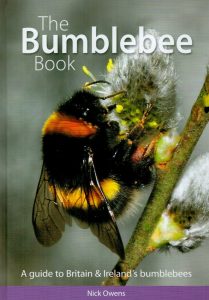 “This is the latest book to enter the now relatively crowded marketplace of bumblebee guides, which may leave one wondering what it can offer to the more seasoned hymenopterist – read on! The author’s intention is to provide a book at the ‘entry level’ of bee study, Owens stating from the outset that he ‘aims to provide an easily accessible introduction for those with little or no previous knowledge of bumblebees’.”
“This is the latest book to enter the now relatively crowded marketplace of bumblebee guides, which may leave one wondering what it can offer to the more seasoned hymenopterist – read on! The author’s intention is to provide a book at the ‘entry level’ of bee study, Owens stating from the outset that he ‘aims to provide an easily accessible introduction for those with little or no previous knowledge of bumblebees’.”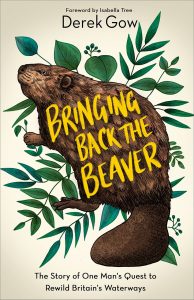 “There is no better place from which to view the tragi-comic events which unfold, and no better person to describe it than Derek Gow, a man of action as well as a powerful Beaver advocate. This account is unexpected, oddball, and, despite its serious side, enormously entertaining.”
“There is no better place from which to view the tragi-comic events which unfold, and no better person to describe it than Derek Gow, a man of action as well as a powerful Beaver advocate. This account is unexpected, oddball, and, despite its serious side, enormously entertaining.”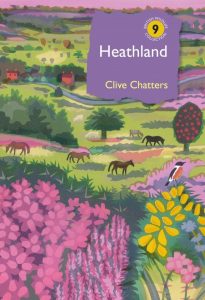 “He has written an ecological masterpiece, generous in its sympathies, awe-inspiring in its breadth of knowledge, and genuinely enticing in its journey around heathland Britain. This is a book that ought to influence policy.”
“He has written an ecological masterpiece, generous in its sympathies, awe-inspiring in its breadth of knowledge, and genuinely enticing in its journey around heathland Britain. This is a book that ought to influence policy.”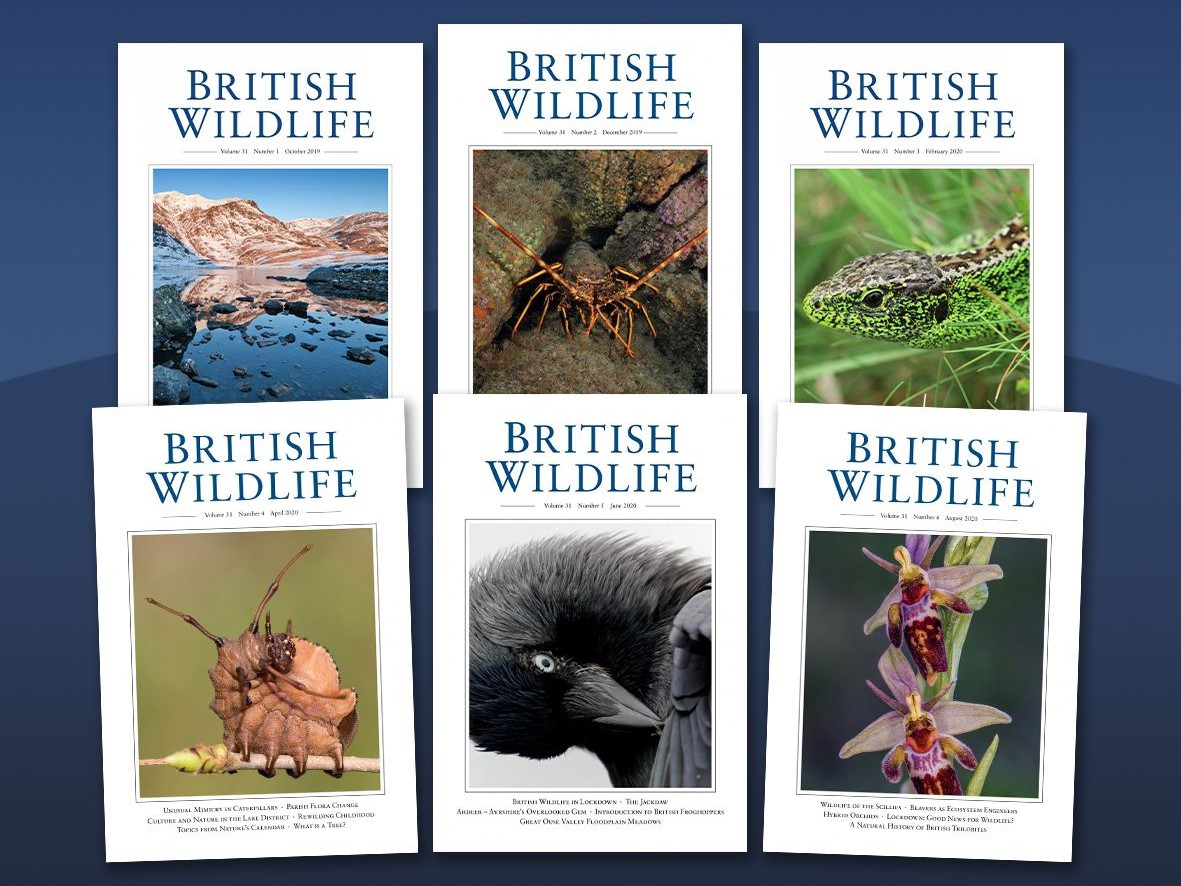
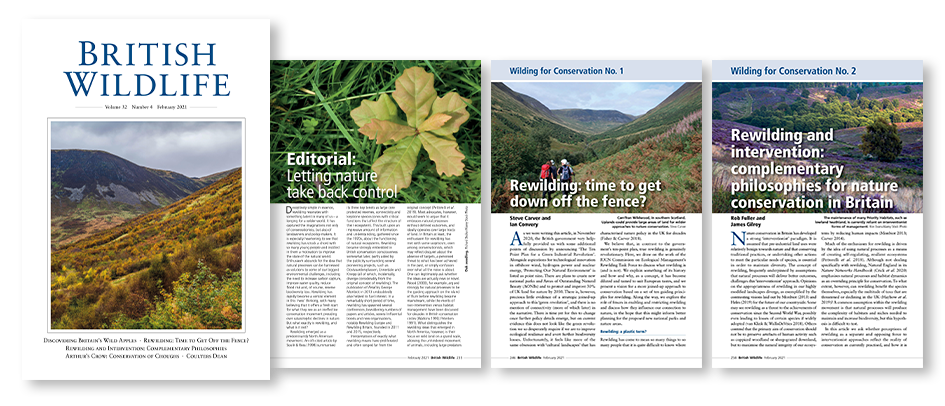
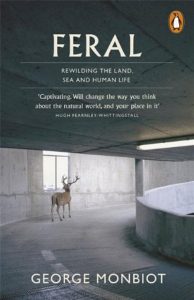
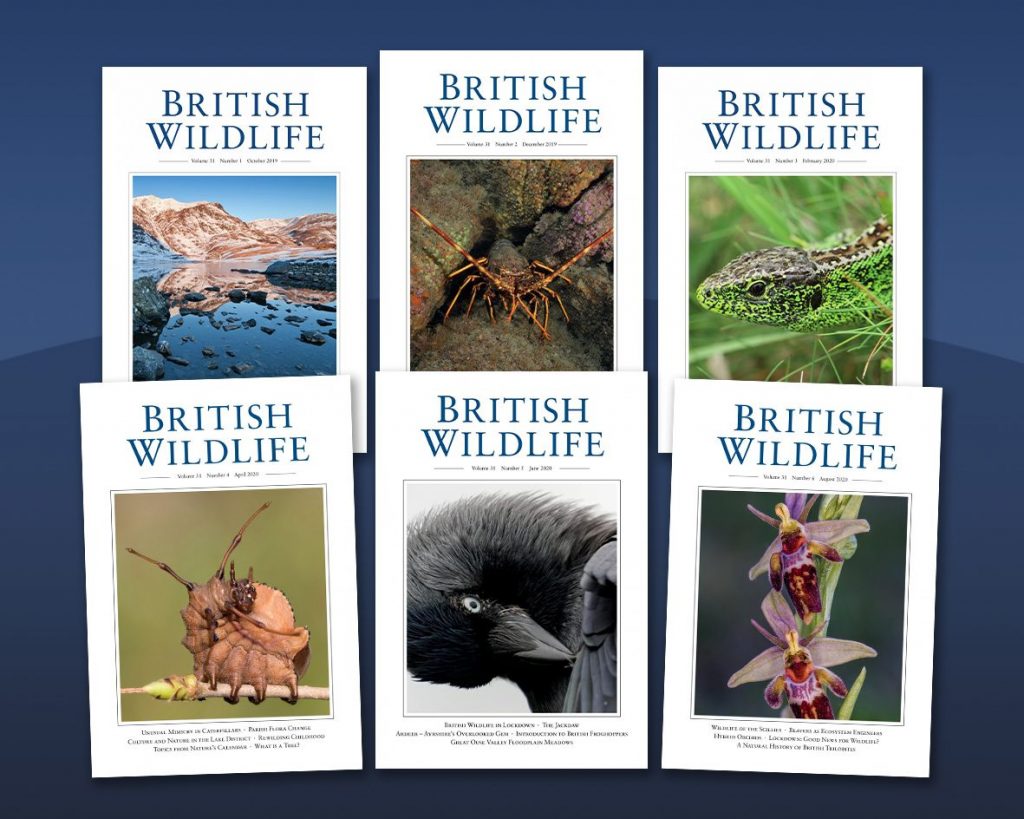 Over the coming months, British Wildlife will be exploring the many facets of rewilding as they relate to conservation in Britain through a new series, ‘Wilding for Conservation’, a title which, we hope, captures the wide range of approaches to letting nature take back control. We start things off in
Over the coming months, British Wildlife will be exploring the many facets of rewilding as they relate to conservation in Britain through a new series, ‘Wilding for Conservation’, a title which, we hope, captures the wide range of approaches to letting nature take back control. We start things off in